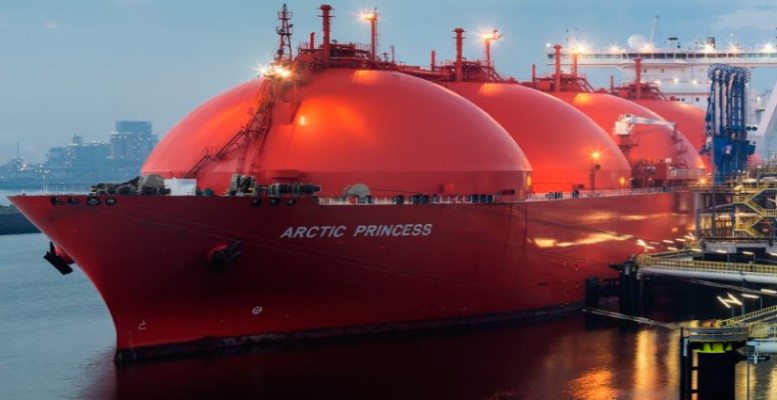Juan Antonio Martínez & Leonardo Gago (ASE Group) | More liquefied natural gas (LNG) is arriving at European ports and has lowered the daily price and that of immediate short-term gas products at the Dutch TTF. For the time being, the increase in LNG imports is offsetting the strain on Russian supply.
In Q1 2022, Russian exports to the EU had fallen by 35% compared to the 2016-2021 average for Q1, while LNG cargoes arriving at European ports continue to break records. LNG imports, at 32%, are currently the main source of supply for Europe, ahead of pipelines from Norway (27%) and Russia (24%).
China’s strict COVID-19 containment, together with high LNG prices and mild temperatures, have reduced its demand. In the first quarter, its LNG imports are down 11.2% compared to the same period in 2021. We are in an intermediate season, in which its gas demand is lower, but in summer the high temperatures may increase its needs for cooling. And, in any case, a recovery is expected at the end of the year due to its government policy of switching from coal to gas, to improve air quality.
In Spain, the increase in LNG imports and the stability of the Algerian gas pipeline, together with the high level of renewable generation recorded in April, led to the Spanish gas spot price (MIBGAS) showing a sharp discount of more than 9 €/MWh over the Dutch TTF, the benchmark market in Europe.
The decline in the 2022 TTF futures curve in recent weeks would indicate a perceived low risk of disruption of Russian gas supply that the market values and good expectations of LNG arrivals in Europe. This contrasts with the possibility that the war could drag on and that Russia could extend the cut-off of gas supplies to other EU countries for not paying in roubles, as it has already done with Poland and Bulgaria.
But what is most striking for ASE Group analysts is a significant increase in the prices of the long-term curve in the TTF (2023-25). Its magnitude, which exceeds 45%, is not explained by the rise in coal prices and CO2 emissions, although they have increased slightly. Yr-23 is up by more than 45% and Yr-24 by 50%. This is an unprecedented rise in the long term.





